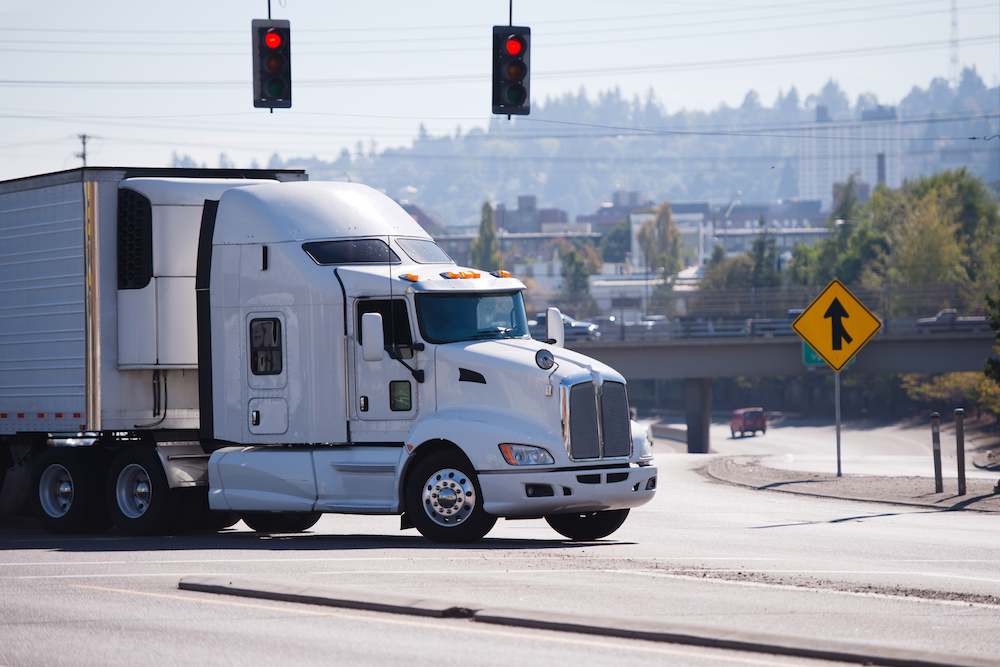Most motor carriers are required to utilize an electronic logging device (ELD) in their vehicles. However, understanding all of the associated rules can be difficult. Below is some information to help you make sure you are fully compliant with this law.
What is an Electronic Logging Device?
An electronic logging device, or ELD, is a device that enables motor carriers to track their hours of service easily. It works by tracking and storing the vehicle’s movements. Current law requires these devices for most motor carriers.
Who needs an Electronic Logging Device?
According to the Federal Motor Carrier Safety Administration, the ELD rule is applicable to motor carriers and other drivers who are required by law to maintain records of duty status. Some exemptions to these rules exist, but most drivers must be in compliance.
Records of duty status requirements exist to make sure that drivers don’t spend too many hours driving without getting the rest they need. The goal of these regulations is to reduce the risk of errors that could lead to accidents and injuries due to drowsy driving and truck driver fatigue.
Failing to comply with hours of service requirements not only increases the risk of accidents but can also lead to expensive fines and other penalties. Thus, it is essential to be sure that you are always in full compliance with all of these regulations – including the ELD mandate.
ELD compliance basics.
In order to meet the requirements of the current law, motor carriers must install ELDs that meet certain specifications. For example, to be compliant, ELDs must record and store data in a standardized format that can be easily transmitted to law enforcement. The device must also connect to the vehicle’s engine so it can record any movements of the vehicle automatically. Many other specifications exist as well.
Not all available ELDs will comply with every specification on the government’s list. Because there are so many specifications, verifying compliance on your own can be a daunting task. For this reason, most manufacturers of ELDs will self-certify the compliance of the devices they sell. In addition, drivers subject to this rule can find a list of compliant ELDs that have been registered with the Federal Motor Carrier Safety Administration on their website.
Protecting yourself.
To be sure that the device you install is fully compliant, it is best to verify that the manufacturer of the device has self-certified its compliance. You should also take the time to find your device on the Federal Motor Carrier Safety Administration’s list of registered ELDs. Be sure to keep records that support your device’s compliance in case it is ever questioned.
Get big rig insurance quotes.
Because accidents can occur even when you are in compliance with all relevant regulations, it is also important to invest in the appropriate insurance coverage. Truck insurance will cover the cost of injuries and damage related to any accidents. Get quotes for truck insurance by filling out our online form, messaging us on LiveChat, or giving us a call.
Source:



